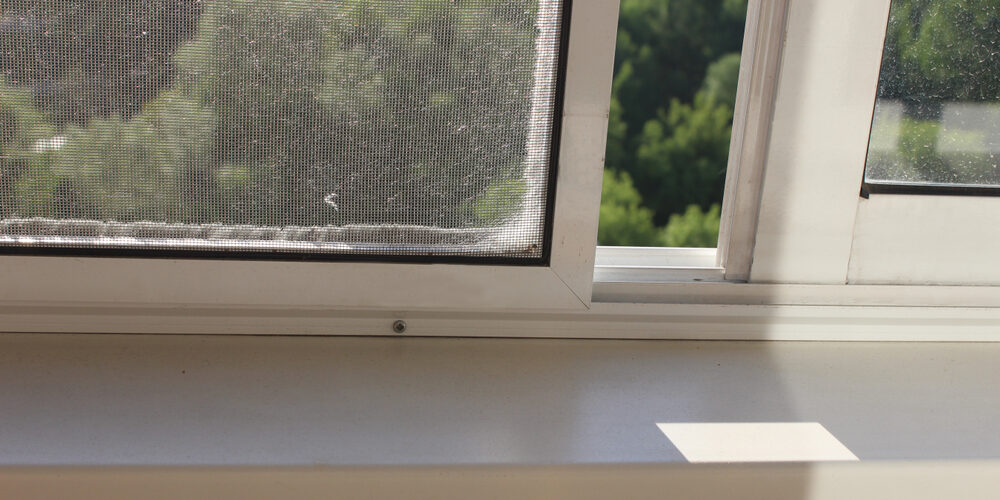When considering window tint that blocks the most heat, it’s essential to look for films with high solar heat rejection properties. These films are designed to reflect or absorb a significant portion of the sun’s infrared radiation, which is responsible for heating up interior spaces.
Here are some types of window tint that are known for blocking the most heat…
- Ceramic Window Tint – Ceramic window tint is considered one of the most effective options for blocking heat while maintaining visibility and reducing glare. It contains ceramic particles that reflect and absorb infrared radiation, resulting in excellent heat rejection properties.
- Metalized Window Tint – Metalized window tint incorporates metallic particles into the film, which reflect heat away from the window. This type of tint provides high heat rejection while also offering UV protection and glare reduction.
- Carbon Window Tint – Carbon window tint contains carbon particles that absorb heat and block infrared radiation. It offers excellent heat rejection properties while maintaining a sleek appearance and high visibility.
- Multi-Layered Tint Films – Some window tint films use multiple layers of materials, such as ceramics, metals, and dyes, to achieve optimal heat rejection while minimizing interference with visibility and signal transmission.
- High-Performance Films – High-performance window tint films are specifically engineered to provide superior heat rejection while maintaining optical clarity and durability. These films often incorporate advanced technologies and materials to achieve maximum heat blocking capabilities.
It’s important to note that the effectiveness of window tint in blocking heat can vary depending on factors such as the tint’s composition, darkness, and quality, as well as the specific climate and environmental conditions. Consulting with a professional tint installer can help you choose the best tint film for your needs and ensure proper installation for optimal heat rejection performance.






